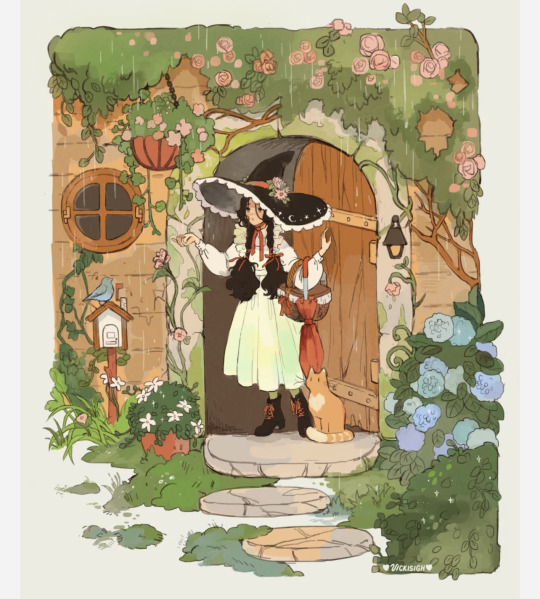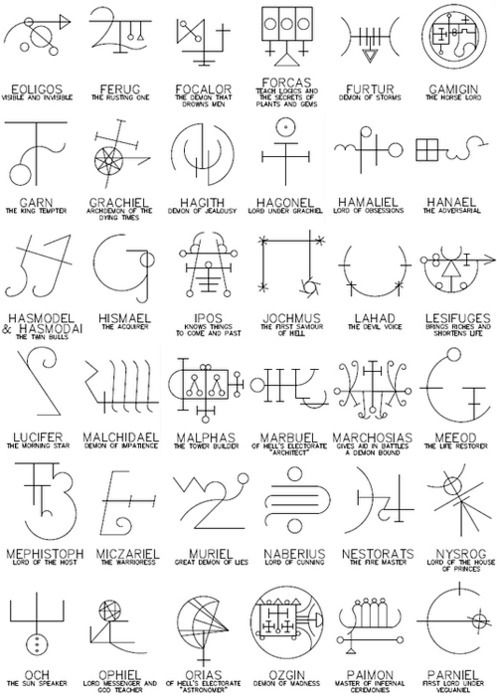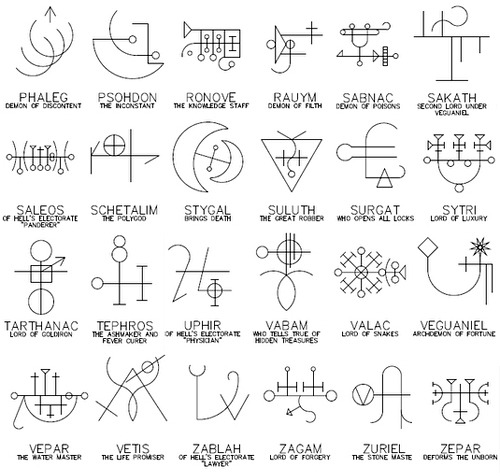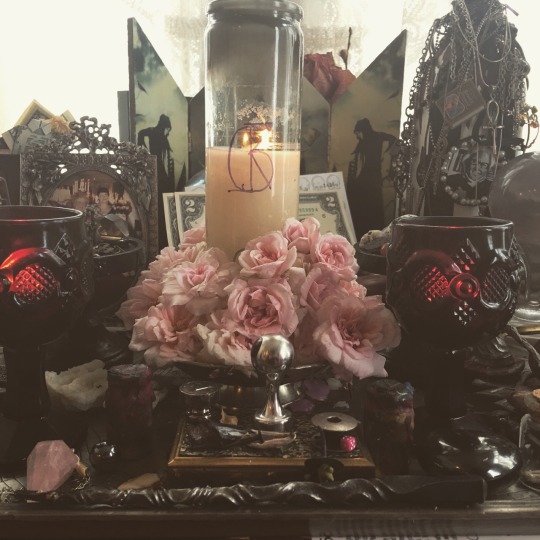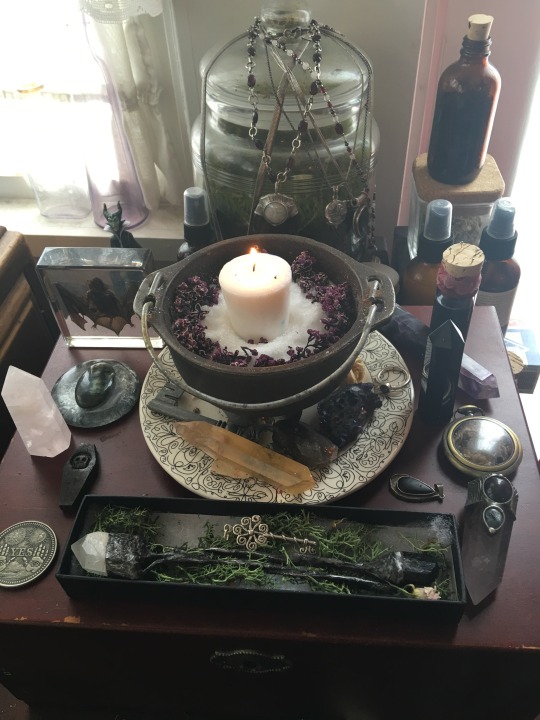Text
[Originally authored by Sparrowinthebranches/ Bonesofaphoenix]
[To view the complete work and additional information, please purchase her book "The Lavender Herbal", available in both E-Reader and Paperback formats]
[Reblogged from ladybonetiern (no longer active)]
I am not a certified Botanist, Naturopathic Doctor, Homeopathologist, Herbalist, Apothecary, or any other professional having to do with the healing world of plants. I am not a professional. I do not, and will not claim to be a professional or to hold any of these titles. I am nothing more than an individual with 10+ years experience in self study and semi-formal training in a non certified environment. However, I will be using mostly sources written by professionals, or people well experienced in these fields, and doing my best to cite accurate materials and scientific studies.
That having been said, as with the group I was teaching, I encourage discussion, participation, and cross referencing of materials. Feel free to take everything posted in these classes with a grain of salt and a lot of cross-referencing. In fact, I insist you do so and I also ask that if you find discrepancies within these lessons, that you make them known to me so that I may correct the information in order to reduce spreading inaccuracies, as in this field, such things can be dangerous.
I also heavily recommend that you do not attempt any of these remedies we’ll be discussing, or attempt self treatment and diagnosis without FIRST consulting an actual medical professional who is trained and certified to help you and properly assess your health and the impact any treatments may have on it.
[To view the complete work and additional information, please purchase her book "The Lavender Herbal", available in both E-Reader and Paperback formats]
What is Herbal Medicine exactly?
Though I personally prefer the term “Homeopathy” (though the correct definition is far from my personal usage of it), the practice of using plants as medicine also goes by many names: Natural Medicine, Organic Medicine, Heroic Medicine, Natural Remedies, Woman’s Medicine, Wise Healing, a type of Holistic Medicine, Folk Medicine and many others. I’ll leave it to you to decide which you’d like to call it by, but for the sake of uniformity I’ll be calling it Herbal Medicine throughout our lessons.
But I still didn’t answer your question did I? Herbal Medicine, to put it simply, is the medicine of the people.
From the beginning of time man has both revered and utilized plants and herbal Medicine is believed to be the oldest known therapy used by humankind. Various forms of it have been discovered around the world from China to India and on our own Continent of North America, and information on herbs and their usage has been passed down from generation to generation in many ways; through stories, in books in music and several other methods. Our ancestors used it, our neighbors used it, our grandmothers probably used it, and people today around the world still use it. When used correctly it is simple, safe, cheap, effective, relatively side effect free, and easier to maintain and obtain than modern medicine.
Right now, at this point in the evolution of humankind, we are living in the best time to be using and learning it. Why? Because we have one major thing that our ancestors did not. Today we have a better understanding of science and bodily functions which leaves us in a better position than our ancestors to understand and utilize the healing power of plants and their potential as multi-functional treatments for ailments. Believe it or not, if it wasn’t for the retention of Herbal Knowledge throughout the centuries, we wouldn’t even have some of our modern medicines as some of the most common modern medicines are derived from the same plants we seek to use in their natural forms.
Herbal Medicine as a holistic medicine also comes in several forms that fit a wide range of beliefs and practices.
Some may choose to use the Allopathic where Allopathy seeks to heal by producing symptoms opposite of what the patient expresses; others like the Homeopathic approach wherein Homeopathy seeks to heal through producing the same, or “worsening” the symptoms the patient expresses; Some people prefer to use sense therapies such as the aroma-therapies, other’s topical and more massage based healing, and even more prefer the use of ingested materials in their various ways; Some believe that in order to be effective, you must use the chemical approach wherein herbs are researched to determine the basic ingredients and classified according to their group of chemicals; Others believe that in order to be effective, the energetic approach as used in Ayurveda, must be taken wherein herbs are considered to affect the body’s energies. Even the spiritualist approach is sometimes taken where the herbs are purported to affect the soul or spirit before the body.
There’s many more types and a wide range of beliefs that use Herbal Medicine in a wide range of ways, these are some of the most, and least common. However, through the multiple methods of Herbal Treatment, no matter what approach to Herbal Medicine is taken there are always the same base principles.
The first being that Herbal Medicine usually seeks to choose herbs that restore a person’s “vital balance”, thus aiding the body in healing itself and not just suppressing the symptoms of the illness as most modern medications often do. Herbal Remedies assist in invoking the body’s inherent healing powers and are used to treat many different types of health issues and views illness or disease as the body’s instinctive protective effort to rectify any imbalance instead of as an adversary to be conquered or suppressed. Therefore, a homeopathic practitioner will select a therapy devised to encourage the body’s innate healing abilities with the intent is to restore the body to its natural healthy balance.
It also operates on the principle that illness is specific to each person. As the emotional and mental components of the illness are just as significant as the physical symptoms, a detailed case history is important. All herbal medicine therapies are tailored to each individual and a practitioner of Herbal Medicine will often gather information about the individual regarding not only the specific details of the illness but also about their lifestyle, eating patterns and character traits before choosing a remedy; it is quite likely that no two people will receive exactly the same remedy for the same condition.
But it is important to note that there are disadvantages of using Homeopathic treatments as well.
The main disadvantage is that today’s population wants a “quick fix”. They are happy to be given a pill or cut open and are usually oblivious to the long term side effects of Modern Medicine, especially when used in conjunction with other Modern Medicines. Those of us who have extensively studied Herbal Medicines know that there is no “Quick Fix” when it comes to them, and that each treatment takes time; more time than some people are willing to take, and it’s quite common for a person to temporarily feel worse before feeling better depending on the approach taken to the remedy.
Another disadvantage is that Herbal Medicine cannot completely replace the need for Modern Medications, especially in emergency situations or in cases where the patient suffers from an incurable disease or other ailments that Herbs are not strong enough or capable of treating or correcting. That being said, however, the use of herbs can compliment modern medicine in situations where the administration of Homeopathic medicine can alleviate the symptoms of such ailments in the long term in a cost effective and relatively side effect free way.
Which brings me to side effects. Remember the “relatively side effect free” phrase earlier? That’s because no medicine is completely side effect free, including Herbal Medicine. It is important to note that Herbal Medicine runs some of the same risks as Modern Medicine, and sometimes they can contain more risks.
Although Herbal Medicine is relatively safe and very rarely an overdose will result in death or severe disability, there are still symptoms one can express that signals the overuse of the herb, or remedy, that can be considered “overdosing”. Some plants are only safe in small dosages before one runs the risk of “overdosing” or experiencing negative side effects; Allergies are a main concern as everyone is allergic to something and herbs are in no way different in this aspect; Herbs can also be contaminated during growth by pesticides and other chemicals (which is why most people will recommend you buy your herbs from Organic Retailers or not at all). Another is that they may not work in conjunction with other medicines (herbal or modern) and one may override the effect of the other, or not mesh well and produce other unforeseen complications.
Because of the risks that are inherent with the use of herbs, it is unadvised that you rely solely on self treatment, even if experienced. In fact, most practitioners stress the importance of cross-consultation between someone specializing in Herbal Medicines, and Modern Doctor before beginning self treatment, as well as being completely open and honest with both parties about conditions and other medications, herbal or non. Not doing this can sometimes result in minor to severe problems, even if the person self-treating is highly experienced.
Extra information regarding this course:
Bibliography, Resources, and Information
Toxic Plant Index
Medical and Herbal Terminology
Herbalism as a Legal Medical Practice in the US
2 notes
·
View notes
Text
4 Ways to Use Apple Cider Vinegar
[Originally authored by italia92]
Hair Herbal Rinse
By infusing various herbs into the vinegar rinse, you can enhance different hair colors and condition hair at the same time.
Here are some recommended herbs to use with apple cider vinegar:
For dark hair:……Parsley, Rosemary, Sage
For light hair:…..Chamomile, Flannel Mullein, Marigold
For red hair:…….Henna
For oily hair:……Lavender, Thyme, Witch Hazel, Yarrow
For dry hair:…….Marigold
For brittle hair:…Horsetail
To make your own herbal hair rinse natural hair care product:
Place 2 tablespoons of the dried herb (or herb mixture) into a muslin bag or tea ball and put in a warmed tea pot.
Pour 1 pint (500 ml) of boiling water over the herbs and infuse for 2 hours.
Allow the liquid to cool then pour it into a quart (1 liter) jar.
Add 1 pint (500 ml) of apple cider vinegar and mix well.
To add extra fragrance to the herbal rinse, try adding a few drops of lavender or lemon or rose essential oils.
No time to make your own natural hair care product?
You can buy online, ready made apple cider vinegar herbal hair rinses.
Essential Oil Vinegar Hair Rinse
If preparing a vinegar/herb infusion is not your cup of tea, then a faster way to enhance the hair conditioning effect of apple cider vinegar is to add a small amount of certain types of essential oils.
To make a batch, just add 5 drops of the essential oil to 1 cup (250 ml) of apple cider vinegar. When you are ready to rinse your hair, take 1 tablespoon of this mixture and add it to 1 cup (250 ml) of warm water.
Types of essential oils that go well in a vinegar hair rinse include:
Lavender, Lemon, Rose, Rosemary, Sage
Dandruff and Itchy Scalp Relief
The acids and enzymes in ACV kill the “bottle bacillus”, a bacteria that is one of the causes for many scalp and hair conditions such as dandruff, itchy scalp, hair loss and often baldness. The bacteria clogs hair follicles allowing dry crusts to form that itch and flake.
For a simple home treatment for dandruff and itchy scalp, apply full strength ACV to the scalp, rub in, and leave on for a half hour to an hour before washing your hair.
For an extra strength natural hair care product, apple cider vinegar can be infused with herbs such as stinging nettle, southernwood, goosegrass, plantain and burdock root all of which help prevent dandruff on their own. Tea tree oil is another excellent natural anti-dandruff ingredient, which can be added.
Natural Hair Loss Treatment
In her book Apple Cider Vinegar- Miracle Health System, Patricia Bragg recommends trying the following natural hair loss treatment: For bald and thinning areas apply to scalp an hour before shampooing- 2 Tbsp ACV mixed with a tiny pinch cayenne powder.
Then before going to bed, mix a royal jelly capsule with one tsp ACV, pat on bald areas and leave overnight.
The following herbs have also been used to prevent hair loss and stimulate hair growth:
Burdock, Catnip, Chamomile, Lavender, Rosemary, Saw Palmetto, Thyme, Yucca
Make your own vinegar mixture as per the herbal hair rinse recipe given above and apply it full strength to the scalp. Rub it in and leave it on for a half hour to an hour before washing your hair.
#herbalism#haircare#apple cider vinegar#parsley#rosemary#sage#chamomile#mullein#marigold#henna#lavender#thyme#witch hazel#yarrow#horsetail#lemon#rose#essential oils#stinging nettle#southernwood#goosegrass#tea treel oil#plantain#cayenne#burdock#catnip#palmetto#yucca#love magic
0 notes
Text
Simple Moon Spell - One Dozen Wishes
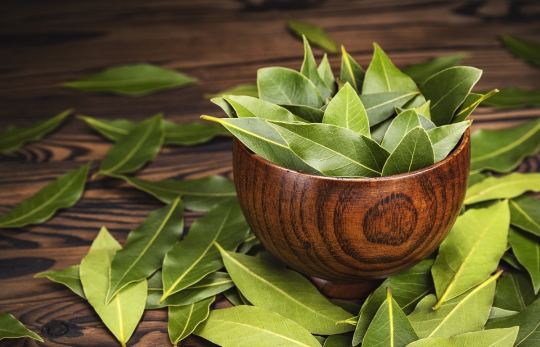
Intent: To create a jar of potential wishes, to be used as needed.
Materials:
Small Jar
Whole Bay Leaves (12)
Moonlight
In addition to their usefulness in spells for protection, wisdom, and healing, bay leaves are a potent ingredient for wishmaking. This spell does not specifically create a wishing spell, but it prepares a small supply of leaves for future spellwork, using the fulfilling energy of the full moon to pre-charge the component.
Obtain a bag of whole bay leaves. These can usually be found in the spices and seasonings aisle at the grocery store, or you can order them from a botanical supplier if you wish. Prepare a clean, dry jar with a lid as you see fit. Select twelve leaves, as whole and unbroken as possible, and place them into the jar. Cap the jar and leave it to soak up the moonlight on the next full moon evening.
When you have need of some wishmaking magic, take a single leaf from the jar, write your wish upon it, and use it in your spell. The use of the leaf depends on your casting method - you can include it in a jar or sachet charm, cast it into fire or water, or bury it to help your desired results grow, to name just a few.
Use the leaves as needed and when the supply is exhausted, you can pick twelve new leaves and refill the jar.
Happy Witching! 🔮🍃
2K notes
·
View notes
Text
Earth Bath Salts
1/2c epsom saslts
1 cup baking soda
½ cup rock salt
½ tsp vitamin E
2 tsp light oil (almond, sunflower, etc.)
20 drops patchouli essential oil
15 drops cypress essential oil
5 drops vetiver essential oil
green food coloring
Mix all salts and baking soda together. Then combine oil, essential oils, vitamin E, and a few drops of food coloring in another bowl. Add liquit to salt and mix thoroughly. Add more food coloring iff desired.
To use: add a few heaping tablespoons to bath.
541 notes
·
View notes
Text
An introduction to the Daeva, the demons of the Zoroastrian faith
Today I’m going to talk to you about the Daeva because they generally aren’t well known in Western occult and demonology practises, which tends to very much focus on the Abrahamic demons. Daeva are the demons of the Zoroastrian faith, originating in Iran. While once the faith of the Persian empire, it is now a rather small religion in modern days.
To understand the Daeva I’ll be explaining a bit about the Zoroastrian faith because the two are obviously fairly entwined. Where I deviate from Zoroastrian doctrine is the fact that I don’t seem the Daeva as automatically evil, and instead argue their role is one of necessity and counterbalance. Indeed, the way they operate is rather like angels with a necessary role in creation.
Keep reading
72 notes
·
View notes
Text
Love Scrub
this scrub is great for when you feel like you need a little extra boost of self love in your life, it has a shelf life 4 months.
½ cup olive oil
1/3 cup honey
1 cup salt
Dried rose petals
Dried Rosemary
sugar (optional)
red food coloring (2 drops)
mortar and pedestal
grind up your herbs and then mix the herbs, olive oil and honey together in a bowl. Gradually mix in the salt.
Continue to mix until the oil is mostly absorbed into the grains, it will be very think in consistency. if it is not doing this after a few minutes add salt or sugar in small increments until it’s a gritty oily paste ( Note you will need less salt/sugar if using a finer grain salt and more for larger grain).
Add 1 drop of red food coloring and mix well.
store in a jar until ready for use.
To use, scoop about a tablespoon of the scrub into damp hands and gently massage between your hands then scrub your body in circular motions. feel free to let it sit a bit. once the salt crystals have mostly dissolved then its time to rise.
-By honeycoyote -
3K notes
·
View notes
Text
Crystal and Stone Cuts
How Different Shapes Can Influence Energy Flow
By Rainy-Day-Witchcraft

This post a little spinoff from my “Explaining Crystal Healing” post, and describes how energy is directed throughout a stone based on the different, both cut and raw, shapes of gemstones. Enjoy ♡
Natural Point(s)⌇Best used when energy is meant to be concentrated and pointed in a specific direction. If a stone has more than one point, the energy will also tend to be directed in those multiple directions. Larger points make wonderful wands!
Grounded Point/Obelisk⌇Stronger version of the (natural) pointed stone, as the bottom of an obilisk-shaped crystal is flat, and allowing for a more grounded directional energy. Because these are meant to be placed standing and pointing upwards, they are best used when energy is needed to be pointed up from a flat surface.
Double-Terminated⌇Think of these cuts as having two poles, like the earth, moving energy in a elongated sphere around the crystal. Energy is taken in by each point and added to the ‘bubble’ of energy the crystal can work with.
Tumbled⌇Crystals and stones that have been tumbled (yet not quite into a perfect sphere) will have energy that softly emits in all directions, sometimes directionally varied if the stone is a little more abstractly shaped.
Natural/Raw⌇Energy flow with naturally shaped and formed stones, while being stronger than man-made stones, tends to be more sporadic than smoother or more even stones (unless, of course, the stone forms naturally with a smooth texture). Energy flow depends on the shape and texture of each mineral - Rough, cubed, pointed, etc.
Faceted/Multiple-Faced⌇Energy in and around faceted gemstones, such as those commonly used in jewelry, will be given off similarly to how a mirror or glass pane reflects/directs light; In this example, think of each face of the stone as glass, and energy as the light. This method of energy flow also applies to multiple-faced, non-pointed stones, such as some varieties of raw minerals that grow with cubed or edged faces.
Spherical⌇Crystal balls and spheres will give off energy in an evenly distributed way, as you expect a perfect sphere would. Spherical gemstones that are translucent and able to focus light (similarly to how a magnifying class can focus sunlight) can also direct energy in one direction if used in certain ways.
“Palm” Stone⌇Palm stones are similar to spherical stones in that they emit energy in a constant way, though these stones are more grounded. Because of their grounded nature and palm-like shape, these types of stones are ideal for emotional healing, grounding, or stress.
Worry Stone⌇Worry stones are created to, just as the name suggests, decrease or eliminate worry! These are made to work a bit differently than others; the piezoelectric energy of the stone is made to be given off as a trigger to physical touching or rubbing one’s thumb on the slightly concaved area of the stone. Besides metaphysical healing purposes, these are also made to give a person something do fiddle with in their hands to take the mind off worry.
11K notes
·
View notes
Photo
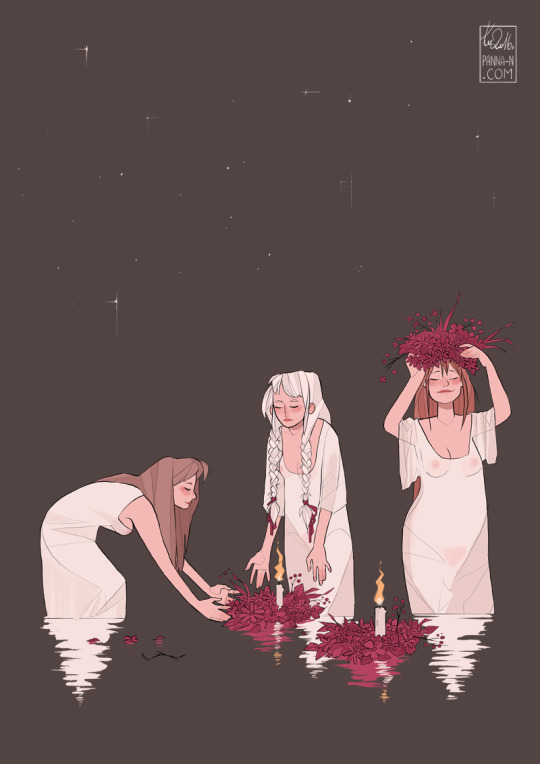
Kupala Night (21/22 June) - Slavic Celebration of summer solstice.
Girls may float wreaths of flowers (often lit with candles) on rivers, and would attempt to gain foresight into their relationship fortunes from the flow patterns of the flowers on the river. Men may attempt to capture the wreaths, in the hope of capturing the interest of the woman who floated the wreath. (via Wikipedia)
7K notes
·
View notes
Photo
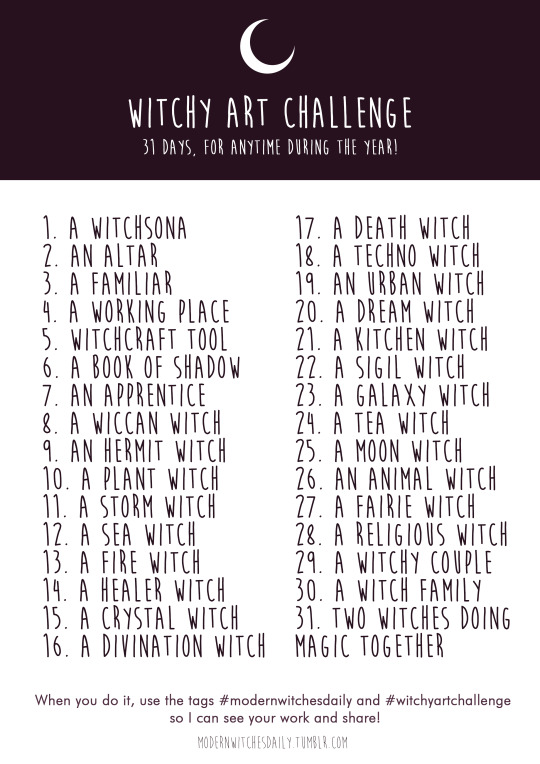
WITCHY ART CHALLENGE ✨ 🌘🔮
Summer is coming and here is for you, all witch artist/writer of this world, a Challenge with only witchy stuff to draw or write about! You can do whatever you want with it, whenever you want! It’s just a list of witches I really wanted to design and bring to my story or I really wanted to draw just for fun~
You can mix it with some color palette meme found on the web, there is a lot of it around deviantart and Tumblr! It doesn’t have to be done in the order, you can just reblog it and ask to you followers to suggest you some of these! And you can suggest me some of these too! I’ll do it in July or August anyway ;D
This is a character design challenge~ You can do anything, any body type, any skin color, any disability, any religion or any gender you want, it’s totally free, so be creative ♥ That’s the only thing that counts!
Lots of love *:・゚✧
23K notes
·
View notes
Photo

now thats nifty, but how do u make them? fear not, ur witchy friend is here w a tutorial ❤︎
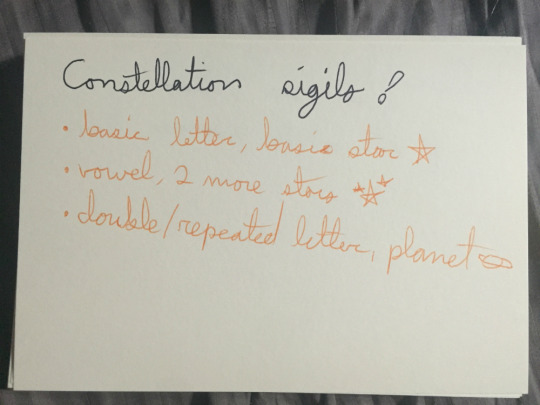
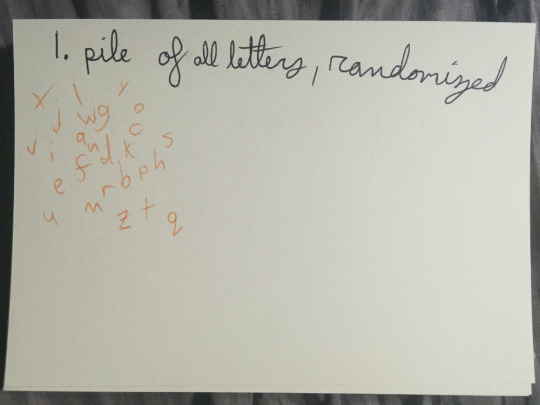
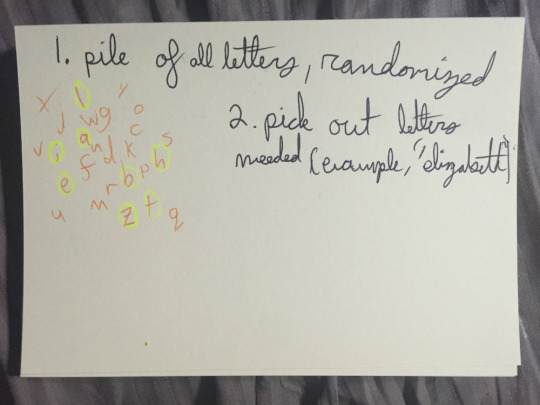
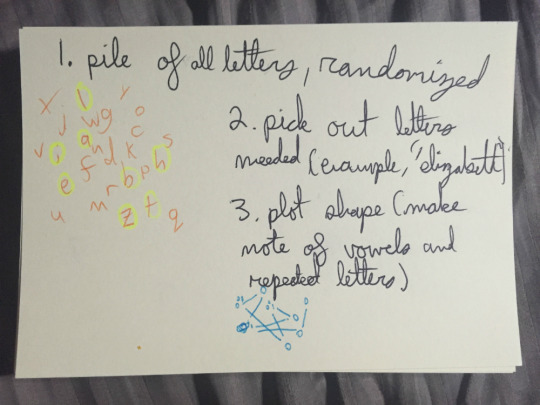

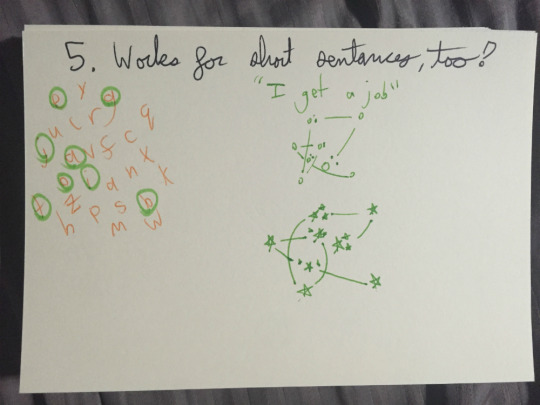
5K notes
·
View notes
Text
Teas 101: Tea Magic and Potion Crafting
**First off, I want to let you all know that the source of this post is found here and belongs to the owner**
I want to clarify some terms as how I will use them, and how you can use them when talking in detail about tea to avoid being ambiguous or confusing:
Tea - This is reference to the actual tea plant (Camellia sinensis). This can reference the plant itself, the processed plant/herb (what is brewed to make a drink), or a drink made from brewing it. All of this is ‘tea.‘
Infusion - The act of using hot water to pull oils &c from ingredients into the water. Creates broths, teas, etc. This word can also refer to the actual broth/tea/drink/potion.
Herbal tea - Anything brewed in the same method as you would brew the tea plant to make tea, but not actually made with the tea plant. Because of this discrepancy, I like to refer to these drinks as 'infusions’ and not 'teas’ or 'herbal teas’ because they are, by definition, not exactly 'tea.’ (It’s a lot like calling a spider a 'bug’ – and since I’m trying to talk specifically about tea, I’d rather not use confusing or ambiguous language).
Flavored tea - Mixing tea leaves with other ingredients. For example, putting some dried strawberries into your tea leaves then brewing it to make a strawberry tea. This is a flavored tea.
Scented tea - Tea leaves that have absorbed the oils of other plants, usually by a process of 'bathing’ the leaves in them. For example, to create most jasmine tea, jasmine leaves are placed over the tea leaves, and left to sit. The leaves absorb the jasmine oils and then the tea leaves contain both the jasmine and tea oils, releasing both when infused.
Processing - When referring to tea, processing does not mean injecting with chemicals and trudged through a factory. Processing refers to the actions done to tea before it is brewed. For example, what makes black tea is the process of fermentation – the leaves sit and then are fired/fried/etc. to stop the fermentation. Whereas a tea like white tea is steamed as soon as it is picked so it does not ferment. The exact process (hence the word!) that is used is referenced by the tea’s processing, or how it is 'processed.’ So when someone says black tea is more processed than green tea, it doesn’t mean modified by chemicals or something like that.
CLASSIFICATIONS & METAPHYSICAL PROPERTIES
Tea can be classified into 'classes,’ 'groups,’ or 'grades’ depending on when it is picked, how it is processed, etc. It is all the exact same plant, just grown, raised, picked, processed, etc. in different ways In general, the tea plant is said to have a fire affinity. However, in its time, before drinking, tea is greatly exposed to and empowered by all four elements.
In general, there are four, though many of these four classes can be broken down. Tea processing has also become more advanced so even more kinds of teas are made, and groups have been broken down even further. For drinking, selling, etc., you may want to use all of these extended definitions, but for magical purposes and potion-crafting, you don’t need to worry about why there are 23502938598 names for classes of tea. Of course, where a tea is grown and exactly how it is processed is important, but you only need to 'lump’ them into four main groups for basic correspondences.
The four main classes of tea can be viewed as relating to the cycles of the moon and the wheel of the year. I will explain with each of the four types, starting with white tea:
White Tea - White tea is the least processed of teas. It is picked when the leaves are very young buds. Because it can only be picked during this 'baby’ stage, it is quite rare. Because it is picked during the 'early’ phase and is still growing, we can see its relation to the spring season. It is a masculine tea with an air affinity, and the strongest connection to the moon. White teas are very pure, so they are great for purification and protection. They also relate with clarity, realization, meditation, cleansing, and connection to the Goddess or spirits. You can easily see this in their look (the tea will be very clear and lightly-colored). They are also a tea of new beginnings. Associated colors are white, silver, and yellow.
Green Tea - Green tea is more processed than white tea, and is picked later as well. However, it’s not as aged as other teas, making it still a very 'youthful’ tea. There are many varieties. Green tea inspires many cultures, and has led to much passion. Naturally, this is because green tea is a masculine tea with a fire affinity, and a tea of summer. It is also a tea of physical healing. Green tea is also great for the conscious mind, passions, sexual health and magic, energy, and love. It’s a tea of progress and moving forward. Associated colors are red, blue, and green. (I know, weird.)
Oolong Tea - Oolong is when tea is no longer youthful, but processed enough that it is starting to ferment. We can see this in the autumn season as well (when oolong tea happens to taste the best, too!) Oolong is a feminine tea of the water affinity, and is a tea of reflection. It is a tea of meditation, wisdom, and deep concentration. It is a tea of romance and beauty, feelings and friendship. It is a very calming and soothing tea, and has a very interesting taste. It also is good for digestion and breaking down foods – it is a mealtime tea. Associated colors are blue, brown, and purple.
Black Tea - Black tea is the most fermented ad processed of all teas. At this point, the tea gets shriveled and black in color, sometimes with “golden” tips (called 'tippy’ teas). It no longer looks like the tea plant at all. This relates to the winter season. Black tea is a feminine tea with the earth affinity. Perhaps this is why it has such a rich, earthy taste. It is a tea of nature, a tea of strength and stability. It is also a tea of endings, a tea of death, a tea of closing. Because of this, it’s good for expelling and removing unwanted or negative energies. Associated colors are black, green, and orange.
3K notes
·
View notes
Text
When you are a witch...
When you are a witch, you will see things in a new light
When you are a witch, you’ll want to dance in the night
When you are a witch, whispers won’t be voices but spirits
When you are a witch, you can have a sense of normality but feel nowhere near it
When you are a witch, things might seem hard
When you are a witch, a familiar spirit will be your guard
When you are a witch, loving is really loving and hurting is really hurting and nothing will be the same
Now that you are a witch, you know that it isn’t a game.
2K notes
·
View notes
Text
Do I Need To Cleanse?
Magically cleaning stuff is just a part of witch life. Unfortunately, our dust is invisible, so most of the time we have to watch for the symptoms before we treat the cause.
Do I need to cleanse myself?
Any witch, whether they feel they are actively ‘practicing’ or not, should cleanse once a month at the very least. Once a week is better. If you have recently experienced any of the following, cleansing is a good idea.
Misfortune, bad news, high stress, arguments, or losses
An unusual streak of back luck, poor timing, clumsiness, or awkwardness
Acting in unusual and negative ways, such as being short-tempered or being angry at people you usually like
A big spiritual working, spirit contact, or an unexpected or startling magical event
If you feel as if there is a cloud around you
Running in to someone who really hates you, or being pointed out as a success in a crowd
How do I cleanse myself?
Do I need to cleanse an object?
The object was worn during a big emotional blow-up or argument
Jewelry that keeps slipping off, hurts your skin even when it never used to, or doesn’t seem to fit right for some reason
For some reason you just don’t like the object any more
You don’t like walking past it, or having it in the room
It is working incorrectly or you keep almost injuring yourself on it, even though it hasn’t physically broken
Items that seem to ‘bite’ you or hide from you
Do I need to cleanse an area?
Something negative happened there, such as abuse or a very negative argument.
Walking through the area makes you feel uncomfortable and you will go out of your way to avoid it
It feels different, as if it’s someone else’s house and you shouldn’t be there
You feel very dull or stagnant when in the area, or you feel unusual and unexpected emotions coming to you
When in doubt, cleanse - it doesn’t hurt anything.
Is cleansing always the answer? Nope. As witches, we need to be aware of when we are beat. Some things are too powerful for us to tackle alone or even with friends or a coven. Throw the object out or return it to the earth instead. Also, not every object that we can cleanse should be cleansed. Not everything is supposed to be filled with happy and bright energy. It is not always wisest or best to change something just because we don’t like it.
- Tho
7K notes
·
View notes
Photo

Holiday Witch Ball Ornaments
What’s a more inconspicuous way to add witchcraft to the holiday season than by combining the well-known concept of Witch Balls with widely used ornaments? Add the following ingredients to either clear, glass ornaments (so they can be charged by compliments) or to solid ornaments (to be even more unnoticeable) for the desired effects.
Family Peace:
lavender buds
two sprigs of thyme
dried cilantro
rose buds
Festivity:
three vanilla bean pods
whole allspice
dried tangerine or orange peels
sprig of pine
Love Drawing:
crushed rose petals
dried jasmine
dried lime peels
granulated sugar
glitter
New Year Prosperity:
whole chamomile flowers
one cinnamon stick
pine needles
juniper berries
#yule#winter activities#hearth magic#lavender#thyme#cilantro#rose buds#vanilla#allspice#orange#pine#rose petals#jasmine#lime#sugar#glitter#chamomile#cinnamon#juniper#prosperity#love magic
18K notes
·
View notes
